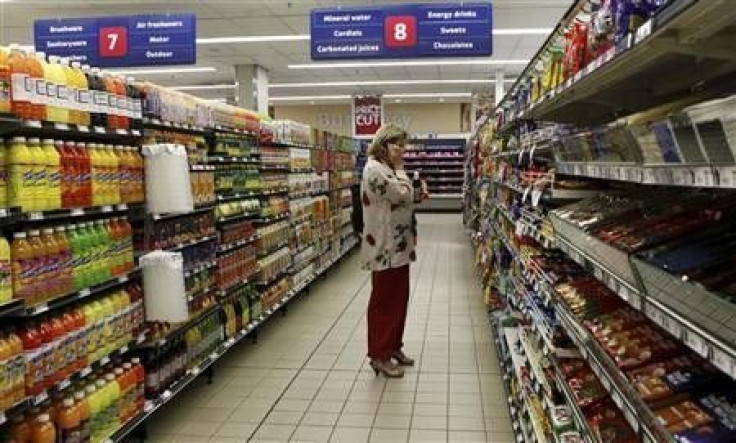Africa, Caribbean urged to brace for food price shocks

The World Bank and International Monetary Fund are warning poor regions that have so far not been hit by rising food prices, like sub-Saharan Africa and the Caribbean, to get ready to face them.
Food price volatility is here to stay, the World Bank cautioned, amid growing worries there could be another full-blown food crisis only three years after the last one.
In some parts of the world, weather-related supply shocks have pushed up prices, and there is a likelihood of substantial long-term increases. Food problems will be tackled at meetings of the Group of 20 major economies this year in France.
The possibility of a full food crisis is a concern and countries should be getting ready for it, said Hugh Bredenkamp, deputy director of the IMF's Strategy, Policy and Review Department.
The IMF's advice to governments faced with rising food prices is to focus social protection measures on the poorest; to resist export bans or export taxes that disrupt global food markets; and to ensure that higher food prices do not translate inadvertently into monetary policy tightening.
The direct impact of food prices on CPI is a one-time thing, but in itself is not inflation, so countries should accommodate ... set monetary targets to accommodate the direct impact from price jumps, said Bredenkamp.
But countries need to be careful not to allow second-round effects, so if food prices go up (they) don't want that to spill into higher wages or prices of other products, he added.
So far, Asian economies have felt the biggest effects from food inflation, while higher prices are partly to blame for unrest in the Middle East including Egypt and Tunisia.
Unlike during the 2007/08 food crisis, higher prices have not yet affected all regions of the world, said Bredenkamp. One area where the impact so far has been very limited is in Sub-Saharan Africa, where local harvests and local supply conditions have been better than average.
That doesn't mean that their importers won't face high import bills, but we certainly haven't yet seen the big inflation effects we saw in 2007/08, he added.
Global food prices are at record levels and the problem is likely to persist in the months to come, according to the U.N.'s Food and Agricultural Organisation (FAO).
What is triggering this is fairly localized supply shocks that have spilled over onto the global commodity markets, but don't necessary have any implications for aggregate supply and demand elsewhere, said Bredenkamp.
Catastrophic storms and droughts have slammed the world's leading agricultural producing countries, including flooding and a massive cyclone in Australia and major winter storms in the United States.
The last food price crisis quickly dissipated in 2008 as the world entered an economic recession and demand fell sharply. Now demand is picking up again alongside the global economic recovery driven by large emerging economies.
SUPPLY SHOCKS
Our assessment is that the supply response over the past few years has been gradually helping meet some of the rising global demand, said Bredenkamp.
What we're seeing now is a spike driven by supply shocks and, in a few cases, not very helpful policy responses. If the shocks were not to recur, the good case scenario may be some leveling off of food prices, he added.
Chris Delgado, strategy and policy advisor in the World's Bank's Agriculture and Rural Development Department, emphasized that a rising middle class in emerging economies was more of a factor this time.
I don't think there is any way to really ignore the role of rapid demand increase for consumer goods in the emerging and developing nations, he said, noting that the poor spend more than 80 percent of their total disposable income on basic foods. If prices rise, poor families have no alternative but to eat less, he added.
PROTECTING THE POOREST
Mindful of damage done during the 2007/08 crisis to the poor, both the IMF and World Bank are warning governments to prepare measures that protect their poorest people.
During the last food price crisis, the World Bank estimated that some 870 million people in developing countries were hungry or malnourished. The FAO estimates that number has increased to 925 million.
While it is difficult to ward off the effects of short-term fluctuations in prices, the 2007/08 crisis showed that targeted social programs are effective in protecting vulnerable groups without distorting global food markets.
Such targeted assistance can range from giving subsidies for essential foods to subsidizing kerosene or electricity used by poor households.
Unfortunately, most of these countries don't have very good ways to target support and tend to fall back on across-the-board price controls or generalized subsidies which are inefficient and disruptive to markets, Bredenkamp noted.
© Copyright Thomson Reuters 2024. All rights reserved.











